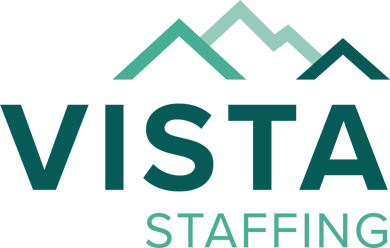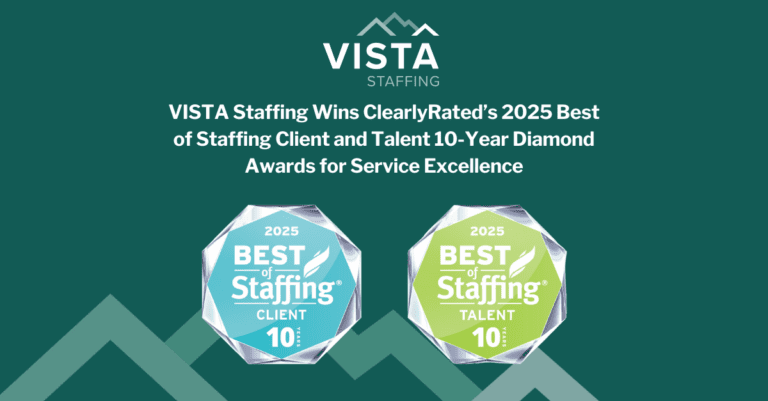Back to The Workforce Optimization Blog
Optimize Clinician Labor Costs with These 5 Tips

Between a tightening labor market and an aging population, it may seem like there are not enough clinicians to go around. In addition, labor costs now account for 60% of an average hospital’s total budget, highlighting the need to control labor expenses. But for many hospital administrators, a reduction in total labor costs can seem like an insurmountable feat. And with many hospitals lacking standardized labor cost data, many hospital administrators are unable to pinpoint the exact reasons why they are overspending.
Is it possible to reduce labor costs without sacrificing the quality of care?
Yes! But you will need two key things to achieve this goal: The support of your hospital’s C-suite and a transparent cost structure. Without these two elements, you may find your ideas repeatedly shut down by decision-makers. But with these two building blocks in place, you will be able to secure the data you need and isolate areas where you are overspending.
What are the five steps to help optimize clinician labor costs?
Now that you have the support of hospital leadership and precise analysis of labor cost data, you can develop an attractive cost reduction strategy. Ideally, your plan should reflect improvements in hiring, retention initiatives, and staffing agency costs. Below are five steps to help you achieve these goals and optimize your clinical workforce.
Step One: Bring transparency to labor costs
At first glance, analyzing labor costs can seem like an intimidating task. Between multiple sources of data and ever-fluctuating labor costs, it can be challenging to determine how individual costs combine to impact your hospital’s bottom line.
But bringing transparency to labor costs is a fairly straightforward process. The key to achieving this step is to standardize your data sources to quantify how individual costs are impacting your bottom line. For instance, you can determine whether your contingent labor is being over-utilized or whether you have been paying any hidden fees to staffing agencies.
Step Two: Eliminate overly expensive staffing agencies
Staffing agency costs can quickly erode your budget, especially when using multiple high-cost firms. Some hospitals become so bogged down with managing the contingent labor that they fail to notice they are being charged excessive seasonal fees. Additionally, not all staffing agencies are created equal. While some are known for selecting top talent, others are unable to deliver clinicians that provide adequate patient care.
The key to success with this step is to seek an affordable, high-quality staffing partner. With the guidance and support of a single accomplished staffing agency, you can streamline your contingent labor and have a dedicated, trusted point of contact. Thus, your health system saves time and money because you will no longer have to try to manage multiple relationships.
Step Three: Utilize predictive analytics
“Any improvement in knowing the right number of people and the right number of skills to have at a hospital at any given time is important. It improves operational efficiency and effectiveness and improves the bottom line for hospitals.” – Cynthia Burghard, Research Director at IDC Health Insights.
Once you have access to clear, transparent cost and labor information, you can analysis of future labor needs. In addition, through predictive analytics, you can enjoy the following benefits:
- A reduced need for contingent labor
- Lower risk of long-term vacancies
- A more predictable hiring process
- A reduced dependency on locum tenens
Step Four: Introduce more efficient surgery schedules and safety initiatives
Poor scheduling is frequently at the heart of overstaffing and excessive spending. And at the same time, today’s hospitals are falling short in the patient safety arena. With as many as 440,000 hospital patients dying each year due to hospital errors, accidents, and infections, a focus on quality improvement in these two areas is necessary.
“Strong health care teams reduce infection rates, put checks in place to prevent mistakes, and ensure strong lines of communication between hospital staff, patients, and families. But some hospitals don’t have teams that work well together, or good leadership to ensure that patient safety is the number one priority.” – The Leapfrog Group
Unfortunately, some hospitals cannot devote attention to these priorities because they are grappling with staffing gaps and poor retention. The key to completing Step Four is to use predictive analytics to increase labor stability. This measure will allow hospitals to unveil new quality programs and scheduling initiatives to maximize efficiency.
Step Five: Increase Retention Efforts
Once you are comfortable using predictive analytics to improve your scheduling and programming, you can focus on attracting and retaining top talent. And by retaining staff, you can minimize the time and costs associated with hiring and training new employees.
The key to success with Step Five is determining whether your retention efforts are indeed reducing your expenses. With a successful retention strategy, you will notice other benefits such as reduced physician burnout and improved employee morale. But for other hospitals, the cost of retention initiatives is high compared with modest gains in retention and little impact on staff satisfaction.
Ideally, you will identify opportunities for improvement with your retention efforts. For example, researchers point to better benefits and educational offerings to promote job growth and improving retention.
The Bottom Line
The majority of a hospital’s revenue is devoted to labor costs. Yet many hospitals struggle with clinician shortages and are increasingly dependent on contingent labor. Fortunately, there are many opportunities to save on labor-related expenses. As outlined above, the path to savings begins with transparency and standardization of labor cost information across hospital databases.
The single best way to achieve transparency and standardization is to conduct a workforce optimization review. As America’s leading provider of workforce optimization services, VISTA Staffing Solutions offers a free Workforce Optimization Review that will maximize cost transparency at your hospital.
Contact VISTA’s team of experts today to discover how this free review will help your hospital reduce labor costs without compromising patient care. With an industry expert to guide your hospital, you can position your hospital to achieve a healthier bottom line in the coming year.

Editor’s note: This post was originally published on March 10, 2020, and has been updated for accuracy and timeliness.



